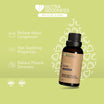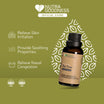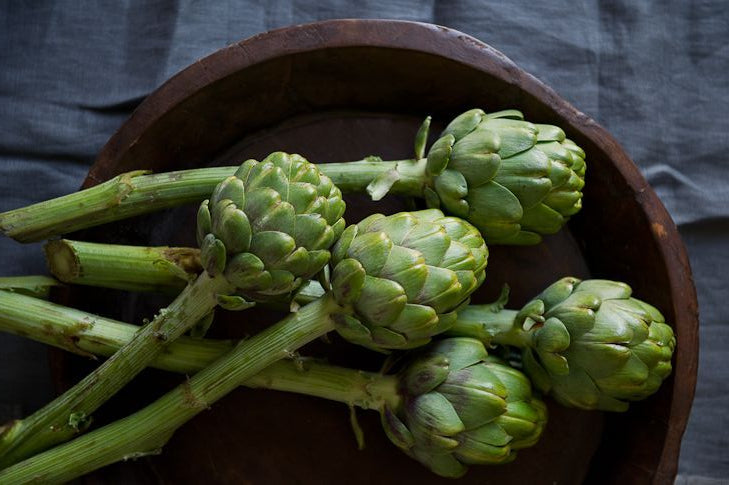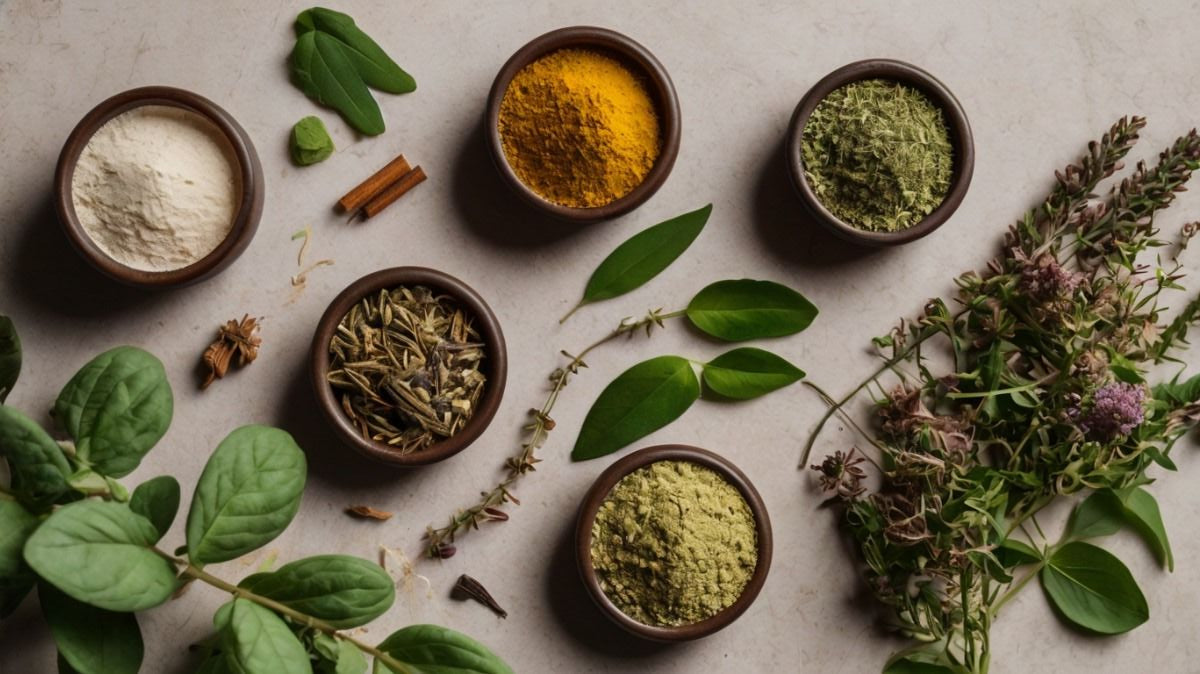Gac fruit, scientifically known as Momordica cochinchinensis, is a vibrant and nutrient-dense fruit native to Southeast Asia. Often referred to as the "fruit from heaven," gac is prized for its remarkable health benefits, unique appearance, and culinary versatility. Its bright red-orange hue and spiky exterior make it a standout in markets and gardens across the region.

What Is Gac Fruit?
Gac fruit grows on vines and is commonly cultivated in countries like Vietnam, Thailand, Laos, and Cambodia. It is seasonal, usually harvested during late autumn and early winter. The fruit is roughly the size of a cantaloupe, with a thick, spiky outer skin. Inside, it contains vibrant red arils surrounding its seeds, which are the most nutritionally valuable part of the fruit.
Nutritional Profile of Gac Fruit
Gac fruit is celebrated for its dense nutrient content, particularly:
- Lycopene: Gac contains up to 70 times more lycopene than tomatoes. Lycopene is a powerful antioxidant known for its role in reducing the risk of chronic diseases and promoting skin health.
- Beta-Carotene: The fruit has 10 times more beta-carotene than carrots, making it excellent for eye health and immune support.
- Vitamin C: Gac provides high levels of Vitamin C, which supports immune function, skin health, and antioxidant defenses.
- Healthy Fats: The arils of gac fruit naturally contain fats, enhancing the absorption of fat-soluble nutrients like lycopene and beta-carotene.
Health Benefits of Gac Fruit
1. Promotes Eye Health
- Rich in beta-carotene, a precursor to vitamin A, gac fruit supports healthy vision and may help prevent age-related macular degeneration.
2. Supports Heart Health
- The high levels of antioxidants like lycopene help combat oxidative stress, reducing the risk of heart disease by improving cholesterol levels and lowering inflammation.
3. Boosts Immunity
- With a strong concentration of vitamin C and beta-carotene, gac fruit strengthens the immune system, helping the body fight infections and illnesses。
4. Enhances Skin Health
- Lycopene and beta-carotene protect the skin from UV damage, improve skin elasticity, and promote a radiant complexion.、
5. Aids in Cancer Prevention
- Preliminary studies suggest that the antioxidants in gac fruit may play a role in reducing the risk of certain cancers by neutralizing harmful free radicals.
Culinary Uses of Gac Fruit
Gac fruit is versatile and used in various culinary applications, particularly in Southeast Asian cuisines. Some common uses include:
- Sticky Rice: In Vietnam, gac fruit is often used to make xôi gấc, a vibrant red sticky rice dish served during celebrations and weddings.
- Juices and Smoothies: The arils can be blended into juices or smoothies, providing a rich colour and nutritional boost.
- Sauces and Soups: The fruit’s mild, slightly sweet flavour pairs well with savoury dishes.
- Supplements: Gac is also available in powder or capsule form as a dietary supplement.
Potential Side Effects and Precautions
Gac fruit is generally safe for consumption. However:
- Overconsumption may lead to excess vitamin A levels, causing side effects like nausea or dizziness.
- People with specific allergies should approach gac fruit cautiously and consult a healthcare professional if unsure.
Gac fruit is a superfood with a unique combination of nutrients that offer substantial health benefits. Its vibrant colour, high antioxidant content, and versatility in cooking make it an appealing choice for health-conscious individuals. Whether enjoyed in traditional dishes or as part of modern recipes, gac fruit is a flavourful and nutrient-packed addition to any diet. Taking gac fruit supplement is another alternative to enjoy the benefits it can provide.




















![[Mix & Match] Nutra Goodness NutraAroma Pure Essential Oil 30ml - Peppermint/Lime/Ginger/Tea Tree](http://www.nutragoodness.com/cdn/shop/files/Nutra_Goodness_product_listing_nutra_aroma_mix_2c7cc02f-396c-461e-ad46-0c5f010e5a60.jpg?v=1737706140&width=104)



